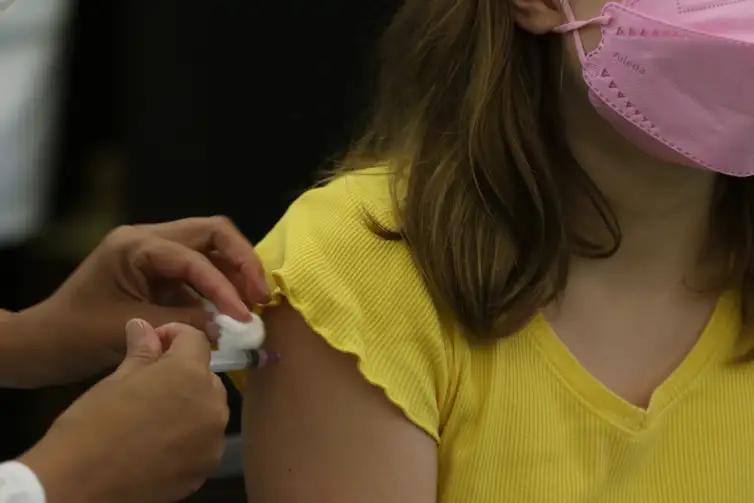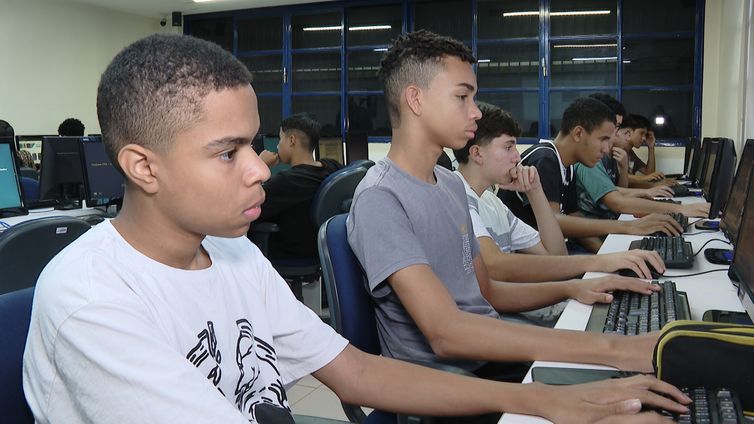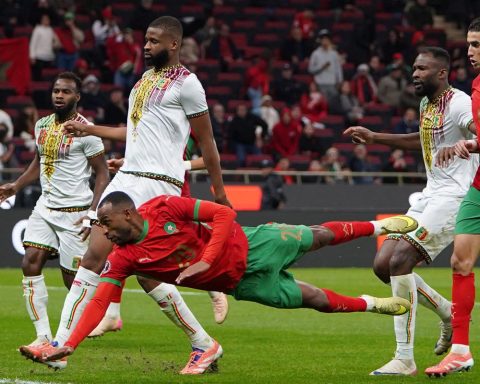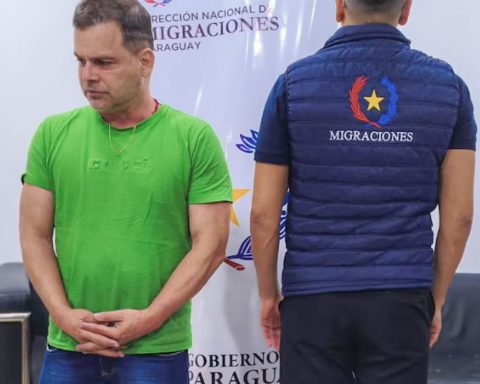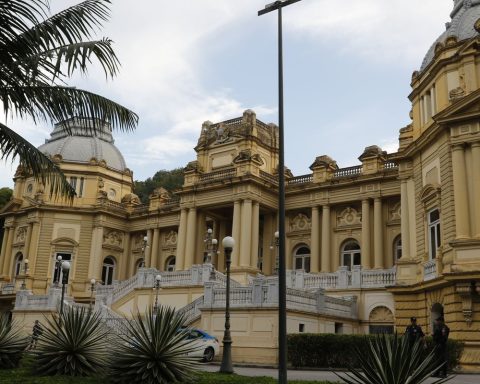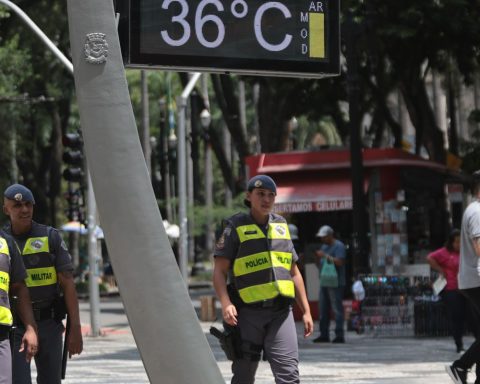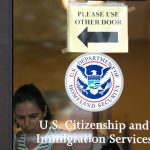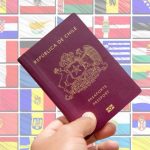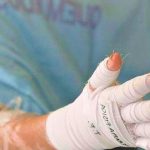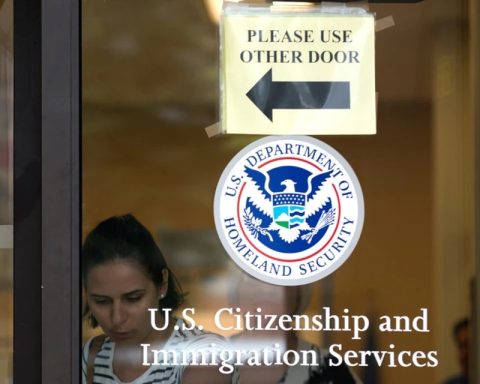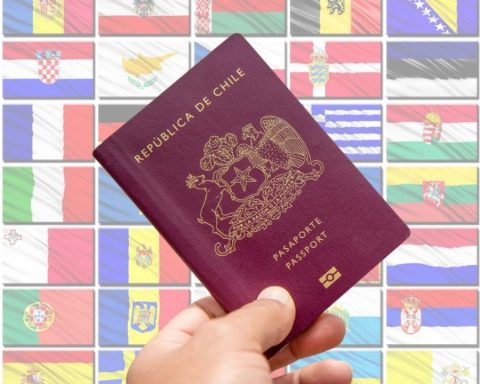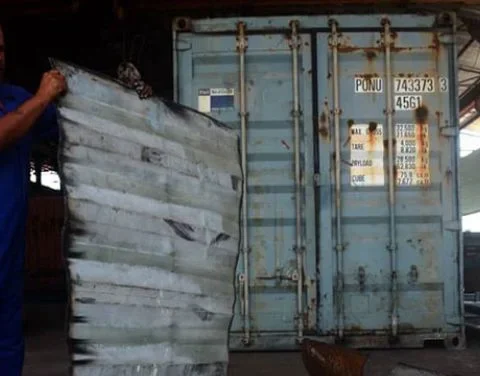The United Nations Children’s Fund in Brazil (Unicef) revealed, this Wednesday (6), the 923 cities in the North and Northeast regions, in addition to the north of Minas Gerais and Mato Grosso, that most improved municipal public policies aimed at to children and adolescents, between 2021 and 2024. These cities, where more than 8 million children and adolescents up to the age of 19 live, have advanced more than the national average in several areas, generating positive impacts for childhood and adolescence. For this reason, they earned the Unicef Seal.
THE Unicef certification encourages and recognizes real and positive advances in the promotion, realization and guarantee of the rights of children and adolescents in municipalities in the Semiarid region and the Brazilian Legal Amazon.
To achieve good results, the award-winning cities committed themselves to taking good care of early childhood and adolescence; improve education – from daycare to the transition of young people to the world of work –; invest in the physical and mental health of girls and boys; promote hygiene habits and access to clean water; protect children and adolescents from violence; and guarantee social protection for vulnerable families, especially those from traditional peoples and communities.
After four years, these 923 cities managed to improve more than the national average in different areas, with emphasis on: immunization, education and protection against violence.
“We are not talking about the cities with the best indicators, but the cities that have improved the most in relation to the situation they were in in 2021. Unicef celebrates this progress of cities in vulnerable regions that managed to catch up and improve further. With the support of Unicef, these municipalities managed to bring more efficiency to their management in different areas linked to the rights of children and adolescents, starting to fulfill more efficiently what is already a duty of the public authorities”, explains Youssouf Abdel-Jelil , Unicef representative in Brazil.
“What we are doing in the North and Northeast regions is large-scale work aimed at guaranteeing fundamental rights for thousands of boys and girls. It is important that these cities continue to develop and evolve so that children and adolescents who live there can have a full path, with opportunities, protected and better conditions to live”, adds Youssouf Abdel-Jelil.
Immunized children
Vaccination coverage improves more in the 923 municipalities certified with the Unicef Seal, compared to the national average. While, in Brazil, from 2020 to 2023, Triple Viral D2 coverage increased by 2.6% (from 64.27% to 65.91%), in certified municipalities the increase was 17.7% (from 56.4 % to 66.4%).
“After years of falling childhood vaccination coverage, the resumption of immunization deserves to be celebrated. Vaccines create a protective barrier for the entire community, preventing various diseases from reaching the population. We saw, in the municipalities that now receive the Unicef Seal, great efforts that went beyond the walls of basic health units and reached schools, CRAS and other public spaces and equipment. The data shows us that there is still a lot to do to reach the 95% coverage predicted by the World Health Organization (WHO). But we are on the right path”, says Luciana Phebo, head of Health at Unicef in Brazil.
Children at school
School dropout rates fell more in municipalities certified by the Unicef Seal compared to the national average. In Brazil, from 2019 to 2023, school dropout rates fell by 38%, from 1.3% to 0.8%. In the 923 certified municipalities, the drop was greater: 47% (from 1.7% to 0.9%).
“There is, in Brazil, a naturalization of school failure, making society accept that a specific profile of student abandons school, enters the world of work or crime in a precarious way, remains in poverty and is more susceptible to the various violence, including homicides. When we see cities reducing school dropouts, we are facing a powerful result, capable of ensuring that more and more girls and boys have successful trajectories, with guaranteed rights”, says Mônica Dias Pinto, head of Education at Unicef in Brazil.
Protected children
To protect children and adolescents, there is a system for registering and forwarding cases by guardianship counselors, called Information System for Children and Adolescents (Sipia), which is available throughout the country, but is not always used, according to the fund.
Adhesion and proper use of Sipia were among the actions that municipalities that now receive the Unicef Seal should carry out. In certified cities, the number of records of cases of violence against children and adolescents made in Sipia increased more than 60 times, from 1,775 in 2020 to 109,947 in 2023. The growth is significantly higher than the national average. In the same period, nationally, registrations increased approximately 5 times (from 118,995 to 578,859).
“Removing violence from invisibility is the first step to protecting children and adolescents. Advances in case records show that there were thousands of girls and boys suffering different types of violence, without the public authorities knowing and being able to act. With these cases registered, an entire protection network can be activated”, explains Vanessa Wirth, interim head of child protection at Unicef in Brazil.

